Pork tenderloin is a quick and easy option for a busy weeknight or lazy weekend when there’s little appetite for cooking (pun unintended!).
With a satiating meal of pork tenderloin and roasted vegetables coming together in 30 minutes or less, it’s easy to see why households stock up on this cut of pork.
It gets even better: leftover pork tenderloin can be used to whip up a sandwich (with or without reheating) and diced to add to a soup or a stir-fry.
If you have leftovers, it’s probably necessary to reheat cooked pork tenderloin. However, care must be taken to follow a proper reheating technique, so you don’t end up with a rubbery, dried-out portion of meat.
Read on to discover our tried-and-tested methods to reheat pork tenderloin, whole or sliced, and find out which one works best for you.
Importance of Proper Pork Tenderloin Reheating Techniques
Now, you might be curious: ‘Why is reheating pork tenderloin such a big deal?’ or, ‘What could possibly go wrong with reheating pork tenderloin’? After all, reheating already-cooked meat can’t be harder than cooking a raw cut of meat to perfection, right?
Avoiding Dry and Chewy Pork Tenderloin
In reality, reheating leftover pork tenderloin without using proper techniques could result in a dry, chewy mass that bears little to no resemblance to the tender, juicy meat you enjoyed just the other day.
Pork tenderloin is a lean cut of meat with very little juice to account for moisture. As a result, it’s more prone to drying out, especially when reheated several times. So, it’s better to avoid reheating unless really needed – allow the cooked meat to thaw, slice it, or dice it, and add it to a sandwich or soup during preparation.
That said, there are occasions when pork tenderloin must be reheated; for instance, when served with roasted vegetables and mashed potatoes or rice, or as a side with other dishes.
For best-tasting results, any reheating technique must balance three critical factors – moisture, time, and temperature. For instance, you would have to boost moisture levels in a dry heating environment and monitor the heating time and internal temperature of the meat, irrespective of how you choose to reheat pork tenderloin.
Let’s look at how to do this for popular reheating techniques.
What Are the Best Methods for Reheating Pork Tenderloin?
You can choose from a handful of methods to reheat pork tenderloin: warm it through in a preheated oven, zap it for short bursts of time in a microwave, or gently heat it on a skillet with a layer of fat or broth.
Whichever technique you choose, the idea is to gently warm up the tenderloin to the required temperature in a moist environment rather than fire it up to piping-hot temperatures.
Oven Reheating
Using an oven is ideal for reheating large quantities and keeping the meat warm for longer. It is important to give the tenderloin some time to reach ambient temperature rather than popping it straight from the refrigerator into the oven. This ensures that the meat heats up evenly once it is placed in the oven.
As the meat sits out, preheat the oven to 325°F. The next step is to place the meat in a single layer on a baking dish or an oven-safe dish. For sliced tenderloin, we recommend pouring some broth or leftover gravy over the slices. For the whole tenderloin, it is better to brush a little butter all around the cut.
Cover the meat loosely with aluminum foil and place the dish in the middle rack of your oven. We want to heat the pork till it reaches a minimum of 120°F and a maximum of 145°F. This should take anywhere between 15-30 minutes depending on the size of the cut, so do keep a close watch. Approximately halfway through, flip the pieces to achieve uniform heating.
To avoid overheating, it is always a good idea to use a meat thermometer to get a sense of the internal temperature of the meat. For a whole cut, insert the thermometer in the thickest part of the meat.
A word of caution: The USDA recommends cooking raw pork to a minimum temperature of 145°F, followed by a rest time of three minutes. Increasing the temperature any more will not necessarily make pork safer to eat, although it could toughen the meat.
However, when reheating cooked pork (that was stored properly in a refrigerator), you do not need to heat it all the way up to 145°F. A temperature between 120°F and 145°F sufficiently warms up the interior of the meat.
From a food safety perspective, reheated meat should be consumed immediately and not left out for extended periods of time.
Skillet with Broth
For a smaller quantity of meat that can fit in a single layer on a skillet, stovetop heating is an efficient reheating technique that doesn’t take up much time and more importantly, doesn’t compromise on flavor or texture.
That said, your reheated pork tenderloin will not have the same perfectly seared exterior as the first time it was cooked. However, if you reheat it carefully, it will still be as tender and juicy.
To reheat whole or sliced pork tenderloin in a skillet, pour a few tablespoons of broth or water into the skillet and heat it over a medium flame. You could replace the liquid with a tablespoon of oil or butter.
When the liquid starts to simmer (or the fat freely runs around the pan), gently place the tenderloin in the skillet and cover the pan with a tight-fitting lid. The lid traps the moisture and contributes to keeping the meat succulent. To make sure the meat heats uniformly, remember to flip the pieces every minute or, in case of a whole cut, every two to three minutes. Do keep the skillet covered in between flips.
You know the meat is sufficiently heated when you can see steam coming from the pan. This should take three minutes or so for sliced tenderloin and between 10-15 minutes for the whole piece.
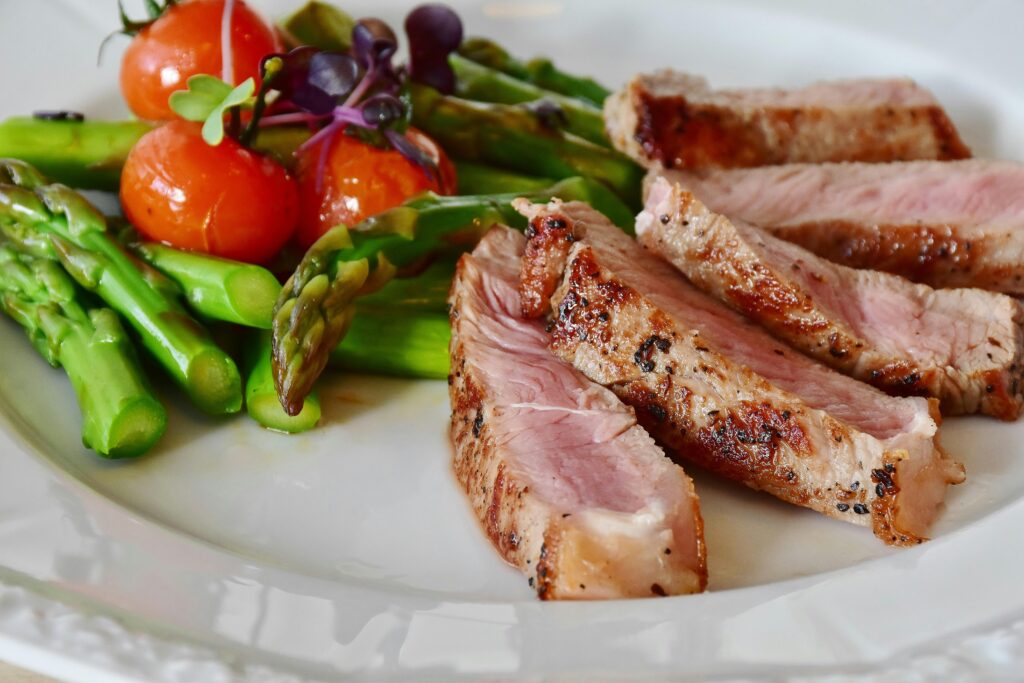
Microwave Reheating
This method is used more for convenience than for the results it offers. It is advisable to use a microwave to reheat pork tenderloin only if you do not have access to an oven or a stovetop.
When it comes to a microwave, heating any type of food for too long causes it to dry out (unless it’s gravy-based). Moreover, a microwave is notorious for uneven heating.
Keeping these two things in mind, you want to limit the total time of reheating to under 3-4 minutes and work in short intervals, flipping the pieces in between to ensure the tenderloin heats through evenly.
As we explained earlier, this lean cut of meat needs to be externally supplemented with moisture to keep it tender and juicy. Place the pork tenderloin, preferably sliced, in a single layer on a microwave-safe dish.
Sprinkle some stock or water over the slices and cover the dish with a microwave-safe lid before heating the dish inside a microwave. Doing so helps keep the meat moist.
Alternatively, you can place a wet paper towel on the meat to add some moisture as you reheat.
Heat the dish for a full minute on medium-high power, stopping at 30 seconds to flip the pieces.
Continue the heating in 30-second intervals until the meat is sufficiently warmed. Rewet the paper towel or sprinkle some more stock as needed.
Tips for Maintaining Juiciness and Flavor
Let’s quickly revisit the top tips to keep in mind when reheating pork tenderloin.
- Always allow the meat to come to ambient temperature before reheating it. This ensures the meat warms up evenly.
- When cooking pork tenderloin the first time, save a small jar of leftover juices or broth for use during reheating. This will lend a superior flavor to reheated meat than if you were to just use water.
- It is better to store the leftover meat as a whole, instead of slicing it up. This locks the flavors inside the meat, ready to come out when reheated the next time. In addition, whole meat freezes better than slices (no freezer burn!).
- If you stored leftover pork tenderloin as a whole (or a portion of a whole) in the refrigerator or freezer, resist the urge to slice it for faster reheating. Oven and stovetop reheating produces better results with whole cuts.
- After sufficiently reheating the pork in an oven or a skillet on a stove, let the meat rest for a few minutes before slicing it. This allows heat and juices to distribute to the inner parts of the meat.
- Before heating in a microwave, always slice the leftover meat for uniform heating.
- Remember to cover the meat with a piece of aluminum foil before reheating it in an oven; cover the skillet with a tight-fitting lid when reheating on a stove; and place a microwave-safe lid or a wet paper towel over the meat before reheating it in a microwave.
- When reheating slices of pork tenderloin, take care to place the pieces in a single layer and avoid overcrowding the dish.
- For larger quantities, you can use an oven for reheating; heat smaller quantities in a skillet on a stove.
- Regardless of which method you choose, adding moisture in the form of stock or broth during reheating makes the meat tender and juicy.
Additional Tips for Reheating
Here are some bonus tips for our Insiders!
Using Sous Vide for Reheating
Sous Vide, which means ‘under vacuum’ in French, is a low-temperature, long-time (LTLT) cooking technique that was, until recently, only used by restaurants. This technique involves cooking food that has been sealed in a plastic or silicone bag, or a glass container by immersing it in water that is constantly heated and circulated.
Sous vide allows you to maintain precise control of temperature, which is impossible using the reheating methods we discussed earlier. Since the food is sealed, its flavors and juices are locked in and absorbed better. When used to cook or reheat meat, this technique yields a tender and succulent result.
If you have a sous vide water oven or immersion circulator at home, you can certainly use it to cook and reheat pork tenderloin. It can also be used to keep the meat warm if you plan on serving it later. However, keep in mind this technique takes more time than traditional reheating methods; so, don’t grab the sous vide equipment if you’re in a rush.
Incorporating Sauces and Seasonings for Enhanced Flavor
Pork tenderloin takes well to different types of seasonings or sauces since it is naturally low in fat and has a delicate flavor. Adding a few spoons of your favorite sauce along with the water or broth you use for reheating helps incorporate some of that flavor into the meat.
If reheating a portion of the whole cut, you can enhance its flavor by rubbing the meat with a mixture of butter and spices or dried herbs. Crushed red pepper, paprika, cayenne pepper, honey, Worcestershire sauce, lemon, apple cider vinegar, or even tomato ketchup are all flavors you can play around with.
Storing Leftover Pork Tenderloin Properly for Reheating Success
Leftover pork tenderloin must be either refrigerated or kept frozen. If you plan to use the meat within the next 3-4 days, tightly wrap the cooked meat in heavy-duty aluminum foil or food-grade plastic and place it in your fridge. You can also store the meat in an airtight container.
Pork tenderloin also freezes well for 2-3 months. Place the leftover whole cut in a heavy-duty aluminum or plastic bag or a freezer-safe container. Using a vacuum-sealed bag helps prevent freezer burn.
Insider’s Insight
Reheating cooked pork tenderloin takes less time than prepping and cooking a raw cut of pork. Knowing how to properly reheat pork tenderloin will both save time on busy weekdays and allow you to choose from a variety of quick and tasty dinner recipes.
Remember to maintain a moist heating environment and keep a close watch on time and temperature when reheating. Using a skillet with broth is by far the most efficient way to reheat smaller quantities of meat, whereas an oven is suitable for larger quantities. Using a microwave to reheat pork tenderloin should only be done as a last resort.
So, the next time you shop for meat, remember to get a few extra cuts of pork tenderloin, cook in bulk, and refrigerate (freeze) in batches. Happy cooking!


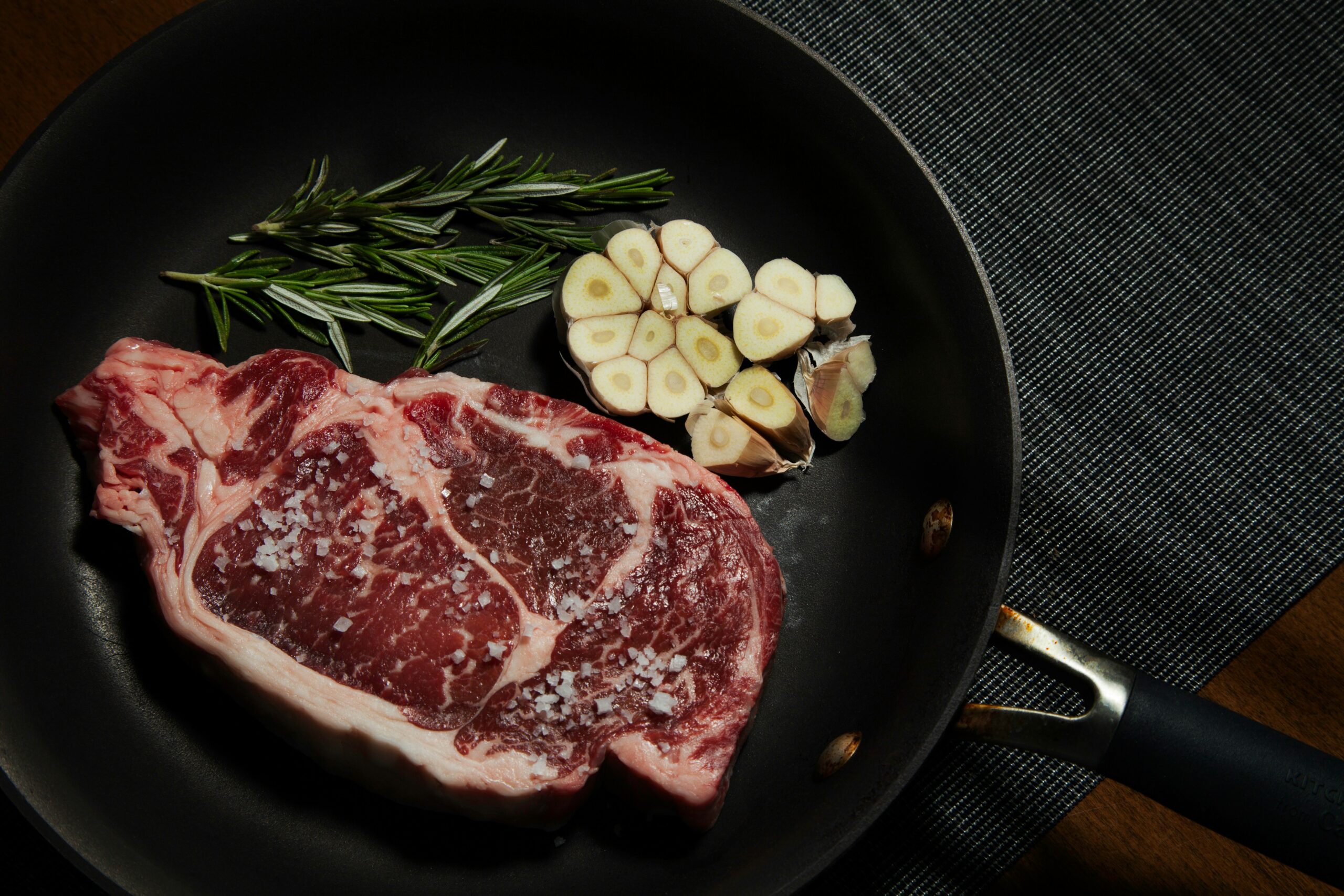
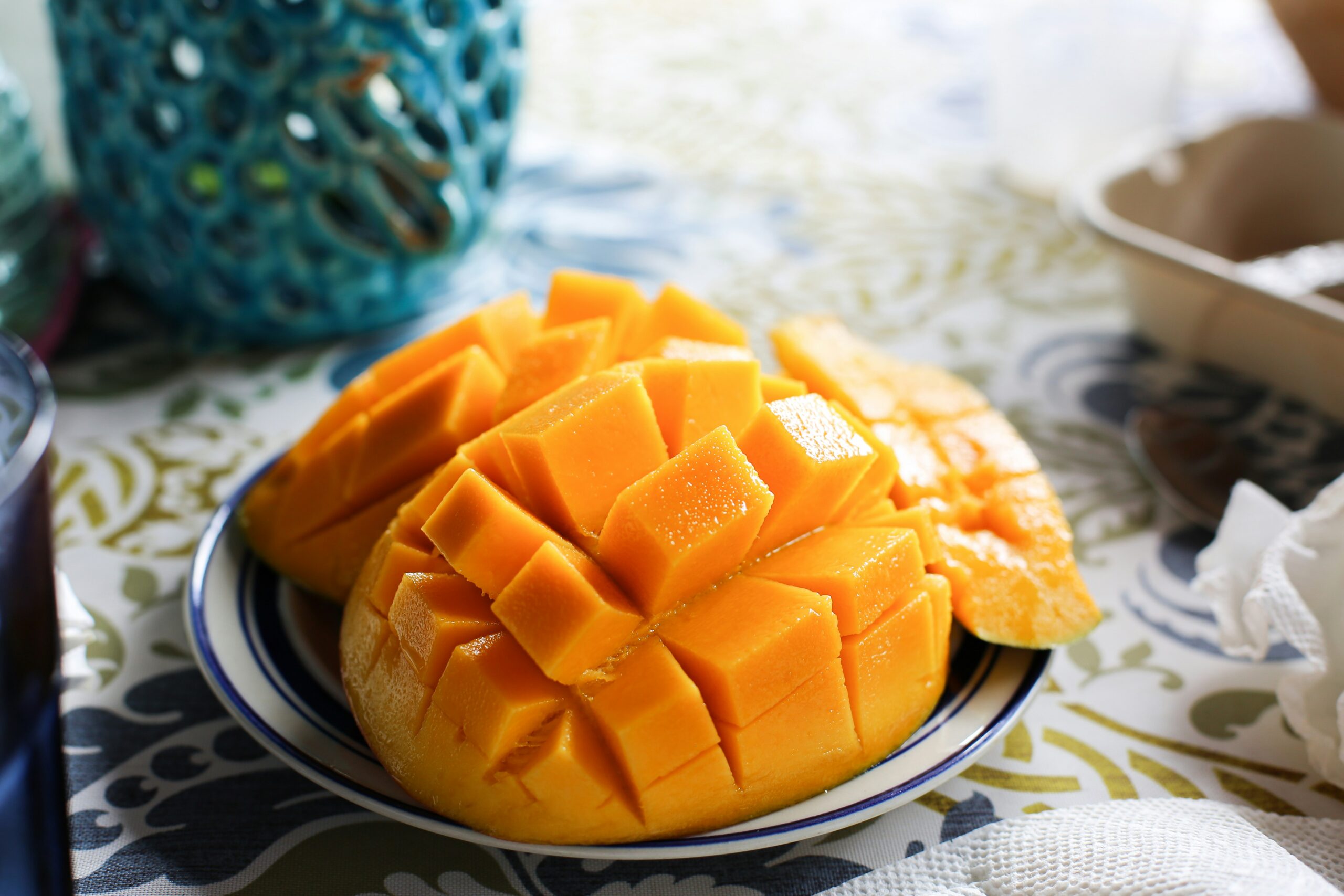
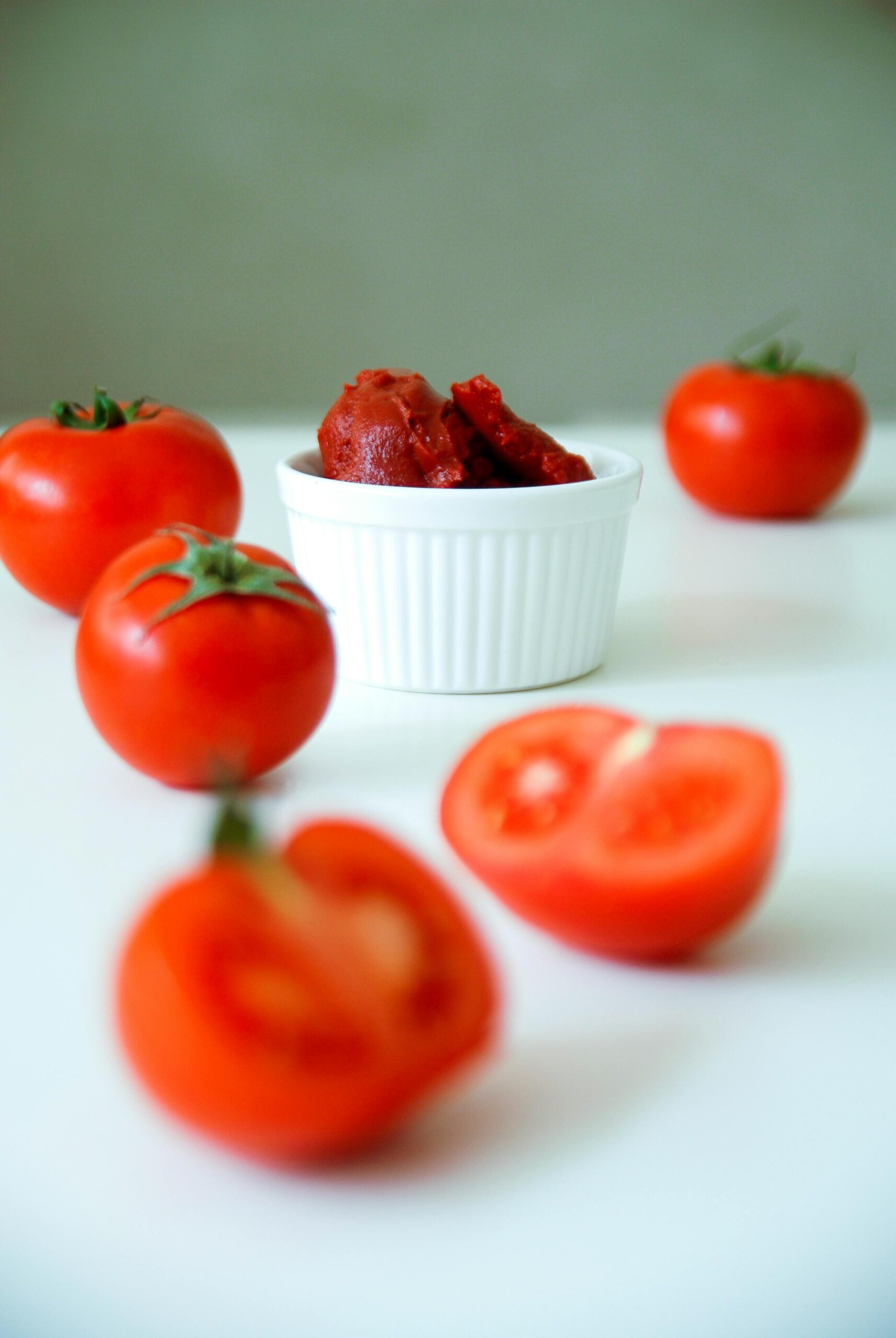
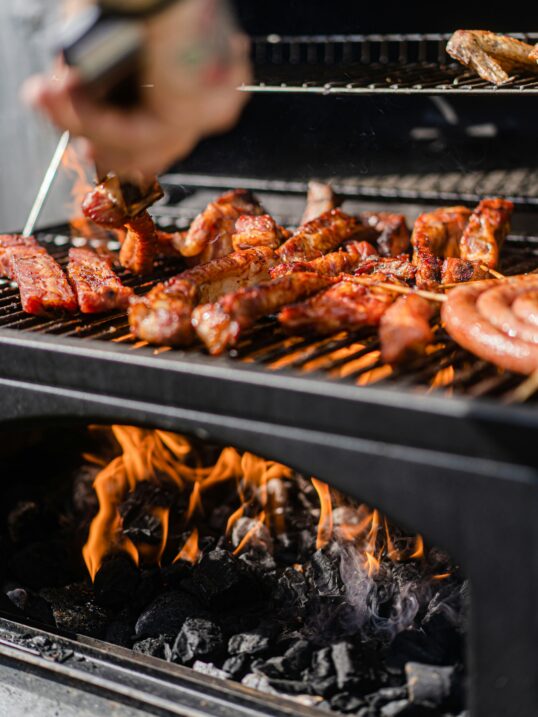
Leave a Reply